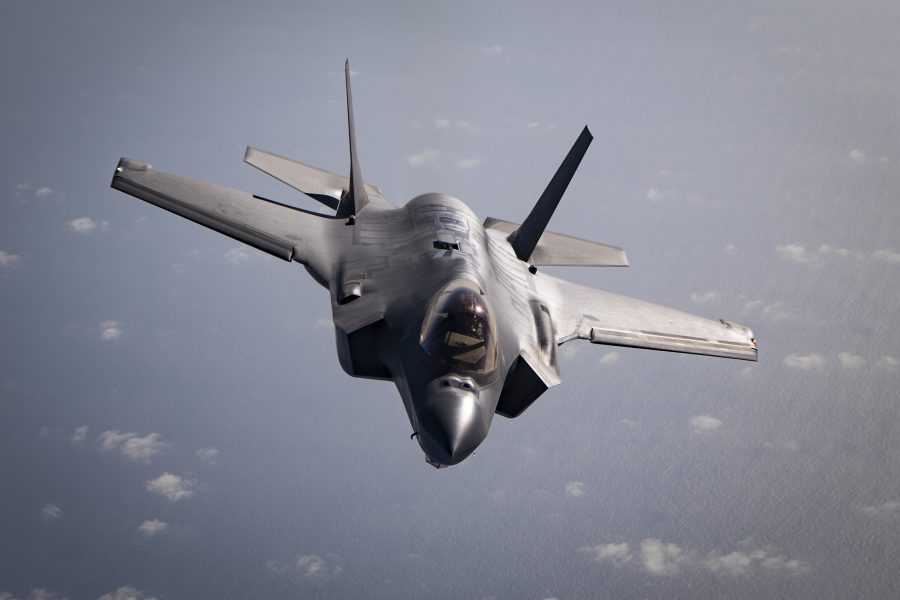U.S. airstrikes are increasing in Afghanistan as the Taliban continues its attacks, despite ongoing peace negotiations and the drawdown of American forces in the country, a watchdog report finds.
The Special Inspector General for Afghanistan Reconstruction, in its quarterly report to Congress released Feb. 1, said American strikes in the country rose for the second straight quarter, even though U.S. aircraft are no longer conducting offensive strikes and are only doing defensive operations in support of Afghan forces. Under the February 2020 agreement with the Taliban, American aircraft would not seek out the Taliban for strikes and would only protect partner forces.
Air Forces Central Command last year stopped publicly reporting the total number of airstrikes, and specific numbers are not available.
“Although almost exactly a year ago the United States entered, with some fanfare, into a withdrawal agreement with the Taliban, peace talks between the Islamic Republic of Afghanistan and the Taliban have so far yielded few substantive results,” the report states. “There has been no cease-fire agreement and high levels of insurgent and extremist violence continued in Afghanistan this quarter despite repeated pleas from senior U.S. and international officials to reduce violence in an effort to advance the peace process.”
SIGAR states in its report that Taliban activity has increasingly focused on attacks in Kabul city, including targeted assassinations, and intensified steps to target government forces in Helmand and Kandahar Provinces. Enemy-initiated attacks in the October-December time period were slightly lower than the prior three months, but still higher than the same time last year.
The violence comes as the U.S. was drawing down to about 2,500 total forces in mid-January—the lowest level since 2001. Although U.S. officials have said the reduction in force size is still enough to accomplish the key training missions and counter terror operations, the Pentagon in the SIGAR report admitted some atrophy.
“The Department of Defense acknowledges that the latest force level introduces some limitations on force capacity and on the train, advice, and assist mission,” the report states. “However, [U.S. Forces-Afghanistan] insisted this quarter that its ability to execute and/or oversee costly and necessary taxpayer-funded contracts to train and sustain the [Afghan National Self Defense Forces], and to provide them hundreds of millions of dollars’ worth of equipment and direct-assistance funds has thus far ‘not been adversely affected by the reduction of force levels.’”
While the Pentagon still wants to abide by the May timeline to remove all forces from Afghanistan, the ongoing level of Taliban violence is likely to delay full withdrawal. Defense Department spokesman John Kirby said Jan. 28 that, “We obviously are still committed to ending this war, but we want to end it responsibly. It’s difficult to see how we get there from right where we are now.”

